Introduction
Zongzi, a traditional Chinese rice dumpling wrapped in bamboo or reed leaves, is a beloved culinary treasure celebrated worldwide, particularly during the Dragon Boat Festival. These pyramid-shaped delights are filled with ingredients like glutinous rice, pork, mushrooms, or sweet red bean paste, offering a harmonious blend of textures and flavors. While fresh zongzi requires meticulous preparation, frozen varieties have become a convenient alternative for home cooks seeking to enjoy this dish without the labor-intensive process. However, cooking frozen zongzi to perfection demands precision to ensure the rice is tender, the filling is heated through, and the leaves remain intact. This guide delves into the art of cooking frozen zongzi, exploring methods ranging from boiling to steaming, along with expert tips, creative serving ideas, and troubleshooting advice to elevate your zongzi experience.
Understanding Frozen Zongzi
Frozen zongzi is pre-packaged and vacuum-sealed, preserving its quality for months. Unlike fresh zongzi, which is made and consumed immediately, frozen versions undergo a rapid freezing process to lock in moisture and flavor. This makes them ideal for pantry stockpiling or international shipping. However, the freezing process alters the texture slightly—the rice may become firmer, and the leaves could lose some pliability. Proper cooking techniques are essential to revive their original softness and aroma.

Preparation Before Cooking
Before diving into cooking, thawing and inspection are critical steps. While some recipes advocate for cooking zongzi directly from frozen, thawing ensures even heating and reduces cooking time. To thaw, transfer the zongzi from the freezer to the refrigerator 6–8 hours before cooking. For impatient cooks, submerge the sealed package in cold water for 30–45 minutes. Avoid microwaving, as uneven thawing may compromise texture.
Inspect the zongzi for frost crystals or freezer burn, which could indicate spoilage. Discard any packages with tears or ice formation, as these may harbor bacteria. Once thawed, gently unwrap the zongzi (if pre-peeled) or leave it in its husk if using the boiling method.
Cooking Methods: A Comparative Analysis
Boiling: The Classic Approach
Boiling is the most common method, prized for its simplicity and ability to infuse the zongzi with moisture.
Step-by-Step Guide:
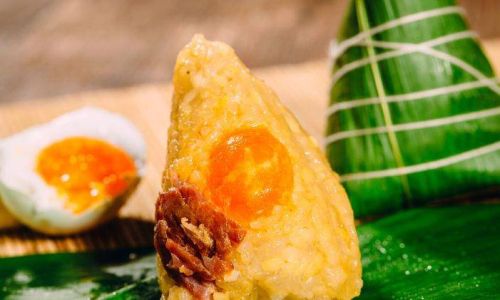
- Fill a large pot with water, ensuring enough depth to submerge the zongzi completely (at least 3–4 inches above the dumplings).
- Add a pinch of salt or a teaspoon of baking soda to the water. Salt enhances flavor, while baking soda helps soften the leaves and rice.
- Bring the water to a rolling boil over high heat.
- Gently place the zongzi into the pot using tongs or a slotted spoon. Avoid overcrowding; cook in batches if necessary.
- Reduce heat to medium-low to maintain a gentle simmer. Cover the pot partially to prevent overflow.
- Cook for 25–35 minutes for thawed zongzi, or 40–50 minutes if cooking from frozen. Larger zongzi may require additional time.
- Test for doneness by piercing the center with a skewer; the rice should be tender, not chalky.
- Remove the zongzi with tongs and drain on a wire rack for 2–3 minutes before serving.
Pro Tips:
- Use a heavy-bottomed pot to distribute heat evenly.
- Add a small plate or heatproof dish on top of the zongzi to keep them submerged.
- For extra flavor, simmer the zongzi in broth (chicken, mushroom, or bone) instead of plain water.
Steaming: Preserving Nutrients and Aroma
Steaming is a gentler method that retains the zongzi’s natural flavors and nutrients.
Step-by-Step Guide:
- Fill a steamer basket with 1–2 inches of water and bring it to a boil.
- Place the zongzi in a single layer on a heatproof plate or parchment paper, ensuring they don’t touch.
- Lower the heat to medium and steam for 30–40 minutes (thawed) or 50–60 minutes (frozen).
- Check water levels periodically to prevent burning; refill with hot water if needed.
- Remove and let rest for 5 minutes before serving.
Pro Tips:
- Wrap the steamer lid with a clean kitchen towel to absorb condensation, preventing sogginess.
- Enhance aroma by adding pandan leaves or ginger slices to the steaming water.
Pressure Cooking: Speed and Efficiency
Pressure cooking slashes cooking time by up to 50%, making it ideal for busy households.

Step-by-Step Guide:
- Place a trivet or steamer basket at the bottom of the pressure cooker.
- Add 1–2 cups of water (depending on size) and arrange the zongzi in a single layer.
- Seal the lid and cook on high pressure for 15–20 minutes (thawed) or 25–30 minutes (frozen).
- Allow natural release for 10 minutes before manually venting.
Pro Tips:
- Avoid overfilling the cooker; leave at least 2 inches of space for steam circulation.
- For extra crisp leaves, briefly sear the zongzi in a pan post-cooking.
Microwaving: A Quick Fix (Use with Caution)
While convenient, microwaving can dry out zongzi. Use this method sparingly.
Step-by-Step Guide:
- Wrap each zongzi in a damp paper towel to retain moisture.
- Place on a microwave-safe plate and cook on medium power (50–70%) for 3–5 minutes, flipping halfway.
- Let rest for 1 minute before unwrapping.
Pro Tips:
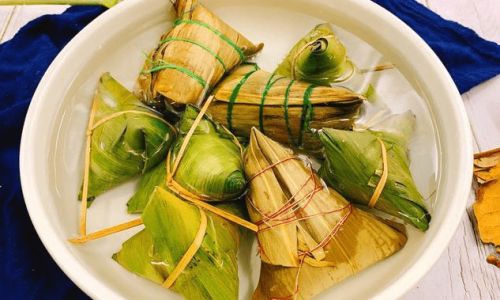
- Microwave in short bursts to prevent overheating.
- Serve immediately to avoid toughening.
Achieving Perfect Texture: Troubleshooting Common Issues
- Undercooked Rice: Increase cooking time by 5–10 minutes. Ensure the zongzi is fully submerged.
- Burst Leaves: Reduce boiling intensity; use a lower heat setting.
- Soggy Exterior: Pat dry after cooking or steam instead of boil.
- Uneven Heating: Rotate zongzi halfway through cooking or use a thermometer to check internal temperature (should reach 165°F/74°C).
Serving Suggestions and Pairings
Zongzi’s versatility shines in its pairings. For savory zongzi, serve with:
- Dipping Sauces: Soy sauce mixed with chili oil, vinegar, or minced garlic.
- Sides: Pickled vegetables, stir-fried greens, or congee.
Sweet zongzi pairs beautifully with:
- Toppings: Honey, coconut milk, or toasted sesame seeds.
- Beverages: Chrysanthemum tea or jasmine green tea.
Creative Recipe Variations
Elevate frozen zongzi with modern twists:
- Deconstructed Zongzi Bowl: Layer cooked rice, shredded pork, mushrooms, and a fried egg.
- Zongzi Spring Rolls: Wrap sliced zongzi in rice paper with herbs and dip in peanut sauce.
- Sweet Zongzi Parfait: Layer sweet rice with mango cubes, coconut cream, and toasted rice crumbs.
Storage and Reheating
Leftover zongzi can be refrigerated for 3–4 days or frozen for up to 3 months. To reheat:
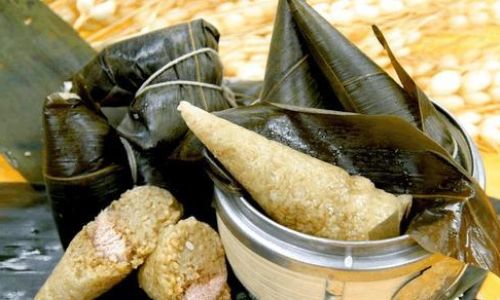
- Boil: 5–7 minutes.
- Steam: 10–12 minutes.
- Oven: Wrap in foil and bake at 350°F (175°C) for 15–20 minutes.
Conclusion
Cooking frozen zongzi is a rewarding endeavor that bridges tradition and convenience. By mastering techniques like boiling, steaming, and pressure cooking, and experimenting with flavors and presentations, you can transform a simple frozen package into a culinary masterpiece. Whether enjoyed during festivals or as a comforting weeknight meal, zongzi’s enduring appeal lies in its ability to connect us to culture, history, and the joy of shared food. So, embrace these methods, savor the results, and let the aroma of zongzi fill your kitchen with warmth and nostalgia.
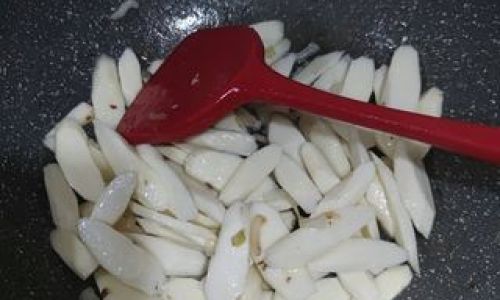
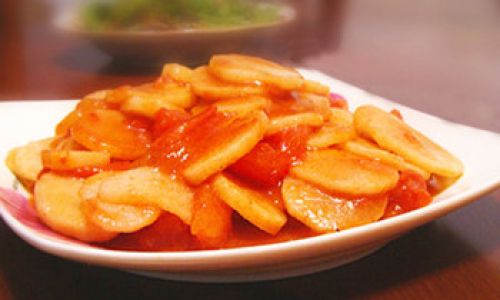
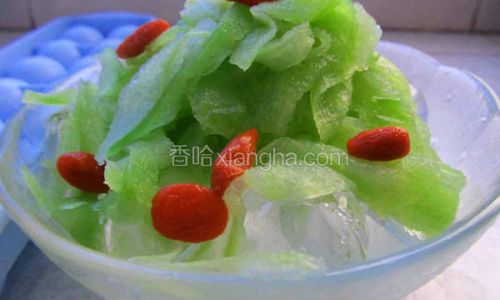
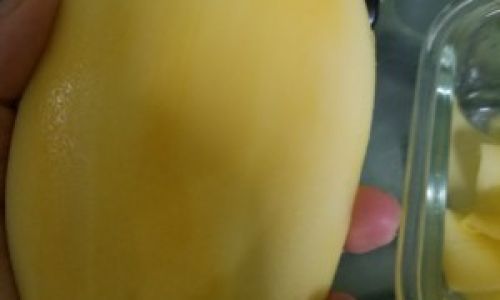
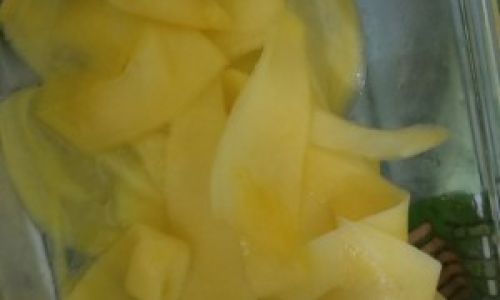
0 comments